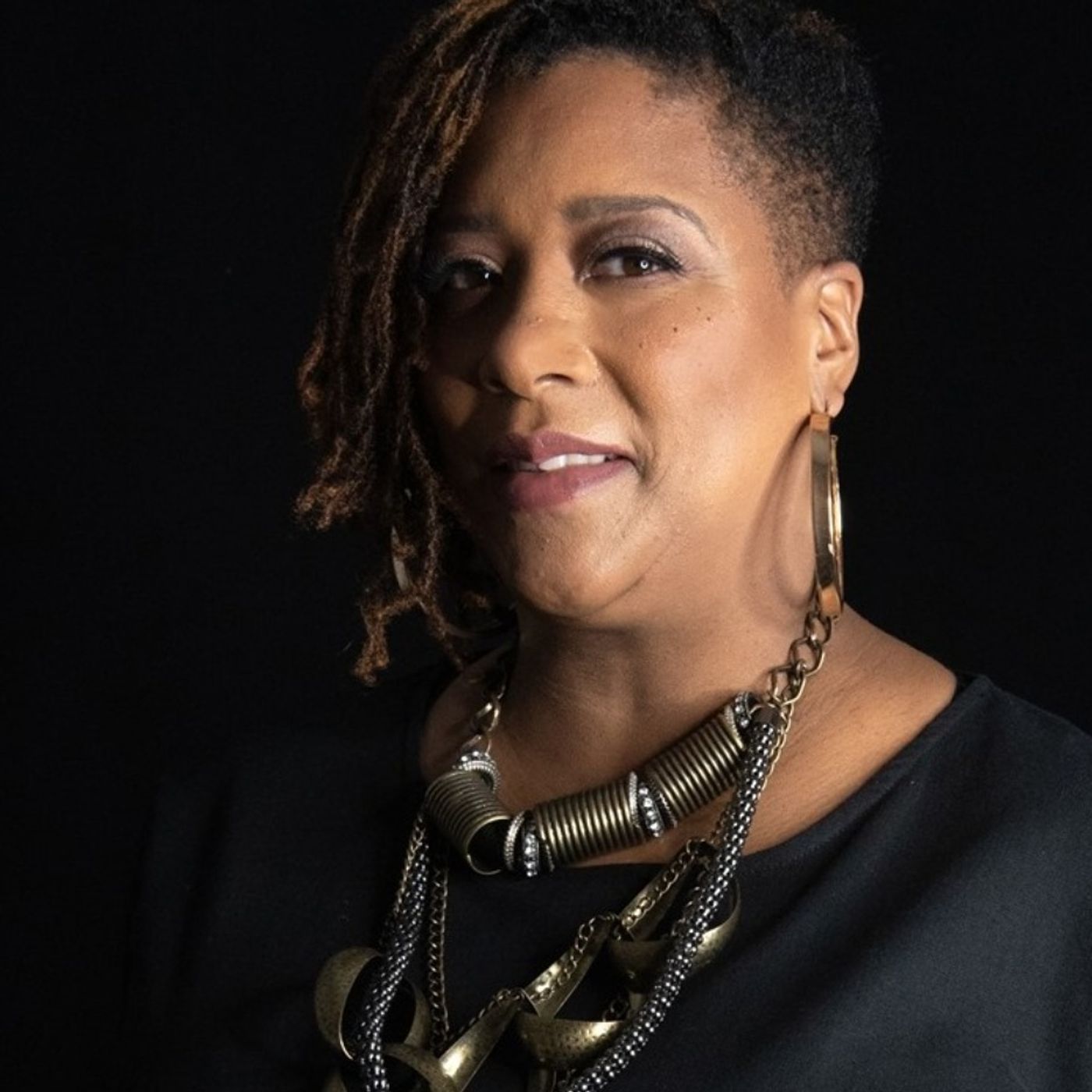Products mentioned
Paper Trimmer-- I have two: one with guillotine for big projects. And a small one for quick cuts.
Support the Stitch Please podcast and Black Women Stitch
$15 to the Paypal account for a Black Women Stitch lapel pin! DM or email your mailing to address for free shipping. You can also pay with Cash App
Sustained support also appreciated here:
For as little as $2 a month, your Patreon support means a lot: Join here Patreon
Sign up for the Black Women Stitch quarterly newsletter
Check out our merch here
Leave a BACKSTITCH message and tell us about your favorite episode.
Join the Black Women Stitch Patreon
Check out our Amazon Store
Stay Connected:
YouTube: Black Women Stitch
Instagram: Black Women Stitch
Facebook: Stitch Please Podcast




